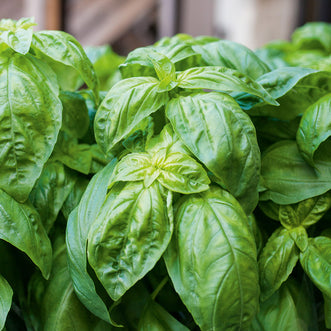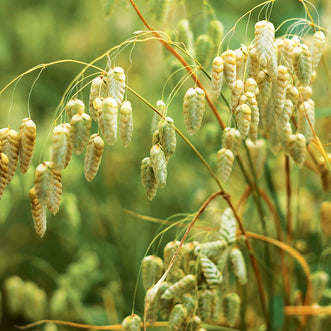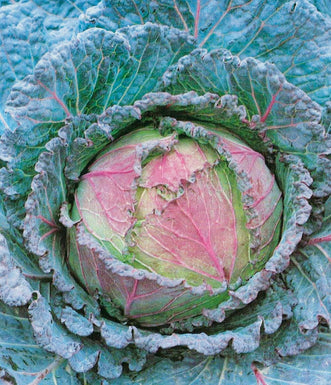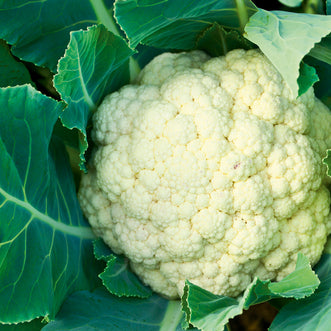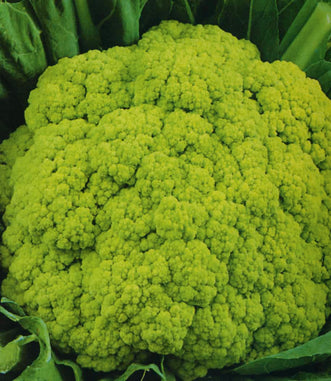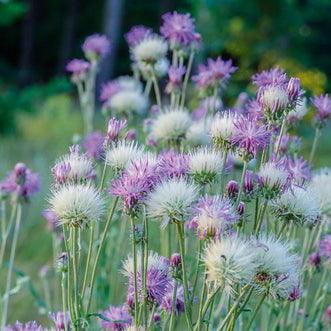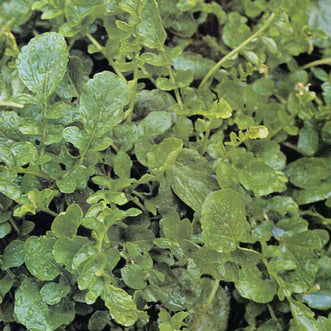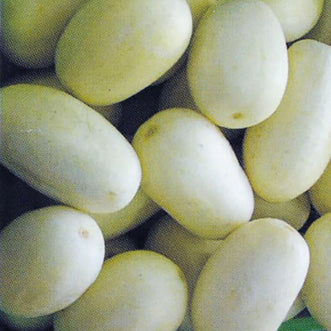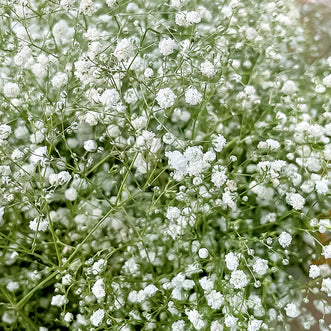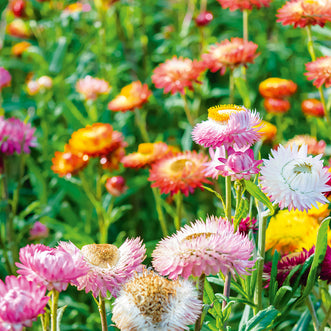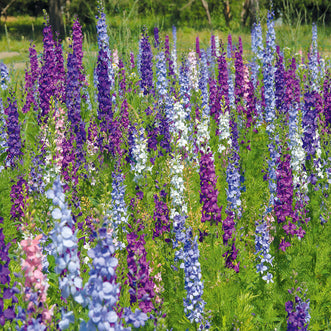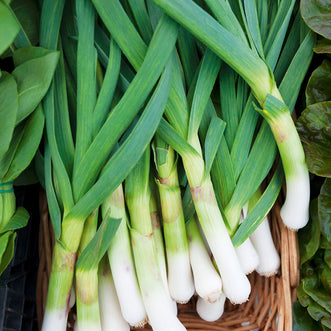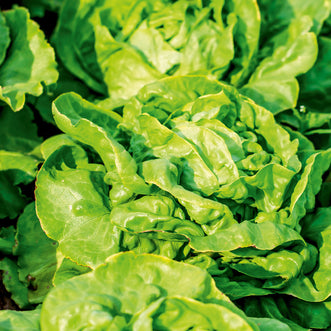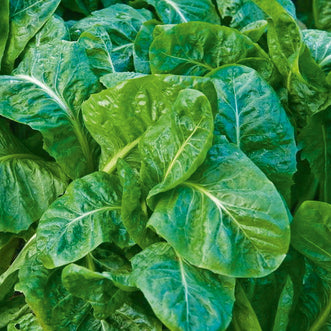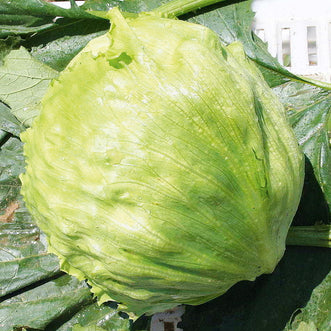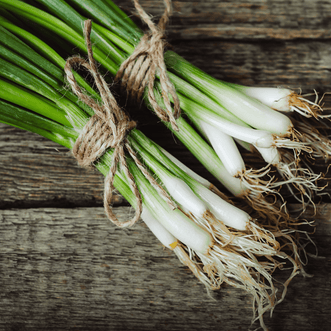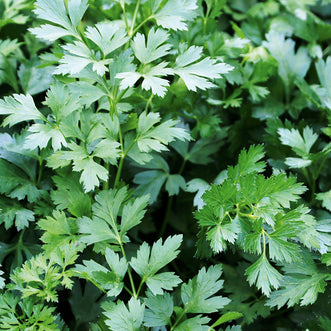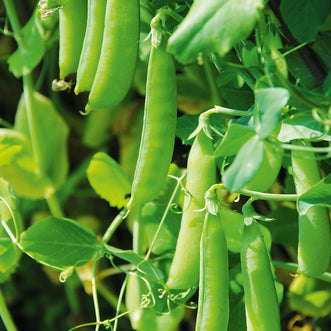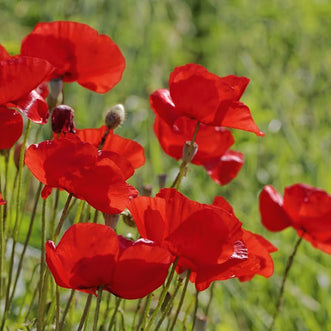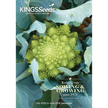The Ultimate Guide to Sowing Sunflower Seeds – Kings Seeds

Sowing Sunflower Seeds
Few flowers bring more joy to a garden than sunflowers. Their golden faces follow the sun, lifting spirits and drawing bees, birds and smiles wherever they grow. This guide explains everything New Zealand gardeners need to know about how to sow sunflower seeds, when to plant sunflower seeds in NZ, choosing the best varieties, caring for seedlings, and keeping blooms standing tall all summer long. Whether you’re growing sunflowers for cutting, for seed, or simply to brighten a backyard, this is your trusted sunflower planting guide NZ gardeners can rely on.
When to Plant Sunflower Seeds in NZ
Sunflowers love warmth. The best time to sow sunflower seeds in New Zealand is from late September through December, once the danger of frost has passed and soil temperatures reach around 18-20 °C. In cooler southern regions or high-altitude gardens, such as zone 3 and 4, wait until early November when nights are milder and consistent warmth encourages quick germination.
Sunflowers are day-length sensitive, so planting at the right time ensures strong stems and large blooms. In northern areas, such as zone 1 & 2, sowing too early can lead to lanky plants struggling in cool soil. Patience pays off; a few extra weeks can mean sturdier stems and more abundant flowers.
For those wanting blooms across summer, sow in small batches every two to three weeks until mid-January. This staggered succession sowing keeps fresh colour coming right through the sunny season.
Sow Direct or Start in Trays? Best Methods Compared
Sunflowers grow best when their roots aren’t disturbed, so direct sowing into garden beds is ideal. Press each seed about 2 cm deep into loose, moist soil, spacing them roughly 30 cm apart for smaller types or 45–60 cm apart for giants. Cover lightly, water gently and mark your rows so you know where to expect seedlings.
If your soil is still cool or birds tend to pinch seeds, start them in trays or biodegradable pots indoors. Use seed-raising mix, keep the trays in a warm sunny spot, and transplant seedlings once they reach 10–15 cm tall. Handle them carefully, the taproot is delicate and doesn’t enjoy being bent or broken.
Both methods work well in New Zealand conditions. For gardeners short on space, sunflowers can even grow in large containers at least 30 cm wide, provided they have good drainage.

Choosing the Right Variety: Giant, Dwarf & Branching Types
Sunflowers come in an array of shapes and shades, from towering yellow giants to compact patio blooms. Knowing which type suits your space helps you get the best results.
Giant varieties such as Skyscraper reach impressive heights of 2–3 m, producing large heads that fill with edible seeds. They make a dramatic statement in borders or along fences. Watch how to grow a giant sunflower here.
Dwarf sunflowers like Orange Hobbit, Lemon Cutie & Firecracker stay compact at 40–60 cm tall, perfect for pots, school gardens or children learning to grow.
Branching types such as Autumn Beauty, Starbust, or Ruby Eclipse mix warm oranges, reds and golds across multiple stems, extending the flowering season and offering great value for cut-flower arrangements.
When selecting seed, look for trusted seed suppliers NZ gardeners rely on for high germination rates, which we have listed for each variety in the product details. Quality matters, especially with sunflower seeds, where freshness ensures vigorous growth.
Ideal Soil, Sunlight & Spacing for Taller Blooms
Sunflowers adore sunshine, at least six hours of direct light each day, ideally more. Choose a spot sheltered from strong wind but with clear overhead light.
Soil should be rich, loose and well-drained. Before sowing, mix compost or aged manure into the top layer to encourage steady growth. Avoid waterlogged areas where roots might rot.
For the tallest blooms, give plants room. Large types appreciate 45–60 cm spacing, while branching and dwarf types thrive closer together at 25–30 cm spacing. Crowding can cause thin stems or smaller heads, so resist the urge to overplant.
A layer of mulch helps retain moisture and keeps roots cool during dry spells.
Protecting Seedlings: Watering, Bird Nets & Pest Control
Tender young seedlings sometimes tempt birds to dig or nibble. Use bird netting, mesh covers or even an upturned hanging basket over small patches until the plants reach about 20 cm tall.
Water regularly, especially during germination and dry summer stretches. Deep watering every few days encourages strong roots far better than frequent light sprinkling.
Slugs and snails may feast on new shoots. Check plants at dusk and handpick any unwelcome visitors, create a beer trap or use pet-safe deterrents. Aphids can appear later in the season; a gentle spray of soapy water usually clears them quickly.
Healthy soil and consistent care create sturdy, pest-resistant plants.
Stake Tall Varieties & Prolong Flowering
Tall or branching sunflowers sometimes need support once the flower heads grow heavy. Insert bamboo stakes or sturdy garden canes beside the stem when plants are knee-high, tying loosely with soft twine to avoid rubbing.
Deadheading, removing spent flowers, encourages further blooming in branching varieties. For seed harvest, leave some heads to mature on the plant until the backs turn yellow and the seeds darken. Birds will enjoy a few, so consider sharing, there is always plenty of seeds.
To extend colour in your garden, plant successive batches every few weeks, mixing early and late types. With careful sowing, you’ll enjoy sunflower blooms from mid-summer through to autumn.

FAQ's Growing Sunflowers in NZ
Should you soak sunflower seeds before sowing?
Soaking for a couple of hours can speed germination, but it isn’t essential. Fresh seed in warm soil sprouts quickly without extra steps.
What month do you plant sunflower seeds in NZ?
In most zones, plant from late September through December. Warmer northern gardens can start earlier; cooler southern ones may wait until November.
How do you prepare sunflower seeds for planting?
Use clean, fresh seed. Sow directly into moist soil or trays filled with quality seed-raising mix. Keep the medium evenly damp until shoots appear.
How long do sunflowers take to germinate?
Usually 7–10 days in warm soil. Cooler nights may slow the process, but patience pays off once the sun arrives.
Do sunflowers need full sun?
Yes, at least six hours daily. Less sunlight means smaller flowers and weaker stems.
How far apart should I plant sunflowers?
Space 30 cm for compact types and up to 60 cm for giants. Room for air flow helps prevent mildew and encourages sturdy growth.
How long do sunflowers take to grow?
Most varieties bloom around 70–100 days after sowing. Dwarfs are faster; large seed types take a little longer.
When and how can I collect sunflower seeds?
Once the backs of flower heads turn yellow and seeds feel firm, cut them, dry indoors for a few days, then rub gently to release the kernels. Store in a cool, dry place for next season. Tip: Make sure they are secure from pests, such as mice and rats.

Sunflowers remind us why growing is for everyone, simple seeds that become radiant towers of colour. Ready to start your own patch of sunshine? Browse the full large range of sunflower seeds at Kings Seeds NZ, your trusted seed company for over forty years. Come sow, nurture and nourish with us this season and beyond.















